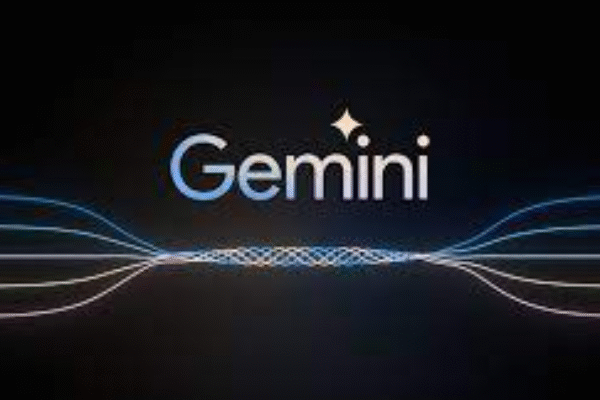YOUR LOCAL DIGITAL MARKETING AGENCY
Category Archives: Blog
Java proposals would boost resistance to quantum computing attacks Java, one of the world\'s most widely used programming languages, has become a key…
Upcoming phone launches in October 2024: OnePlus 13, iQOO 13, Lava Agni 3 and more. October 2024 is shaping up to be an…
Snapchat Spectacles (5th Gen) AR smart glasses unveiledSnapchat Spectacles (5th Gen) Unveiled: A Leap Forward in ARSnapchat has unveiled its latest iteration of…
Are you searching for a reliable way to activate your Windows or Office software without breaking the bank? Look no further! With the…
Let\'s Dive Deeper into Today\'s Tech News Great headline! It seems you captured some of the major tech stories Making Waves today. Let\'s…
Let\'s Dive Deeper into Today\'s Tech News Great headline! It seems you captured some of the major tech stories Making Waves today. Let\'s…
Technical analysis software plays a vital role in the Indian stock market, offering traders sophisticated tools to analyze market data and make informed…
Of course! Here are some heading ideas for your blog post on \"Python Interview Questions\": \"10 Essential Python Interview Questions Every Developer Should…
Google introduced to the world its newest language model (LLM) called Gemini. This new LLM can seamlessly understand, operate across, and combine different…
The gaming community expects big changes in the GTA 6 map (Image via Kayak, GTA Base) GTA 6 Map Leaks: Unveiling the Biggest…
Your business isn't a template, so why is your digital presence? We move beyond 'one-size-fits-all' solutions. At rdm tech, we custom-craft your website, app, and marketing from the ground up to be as unique as your brand.










